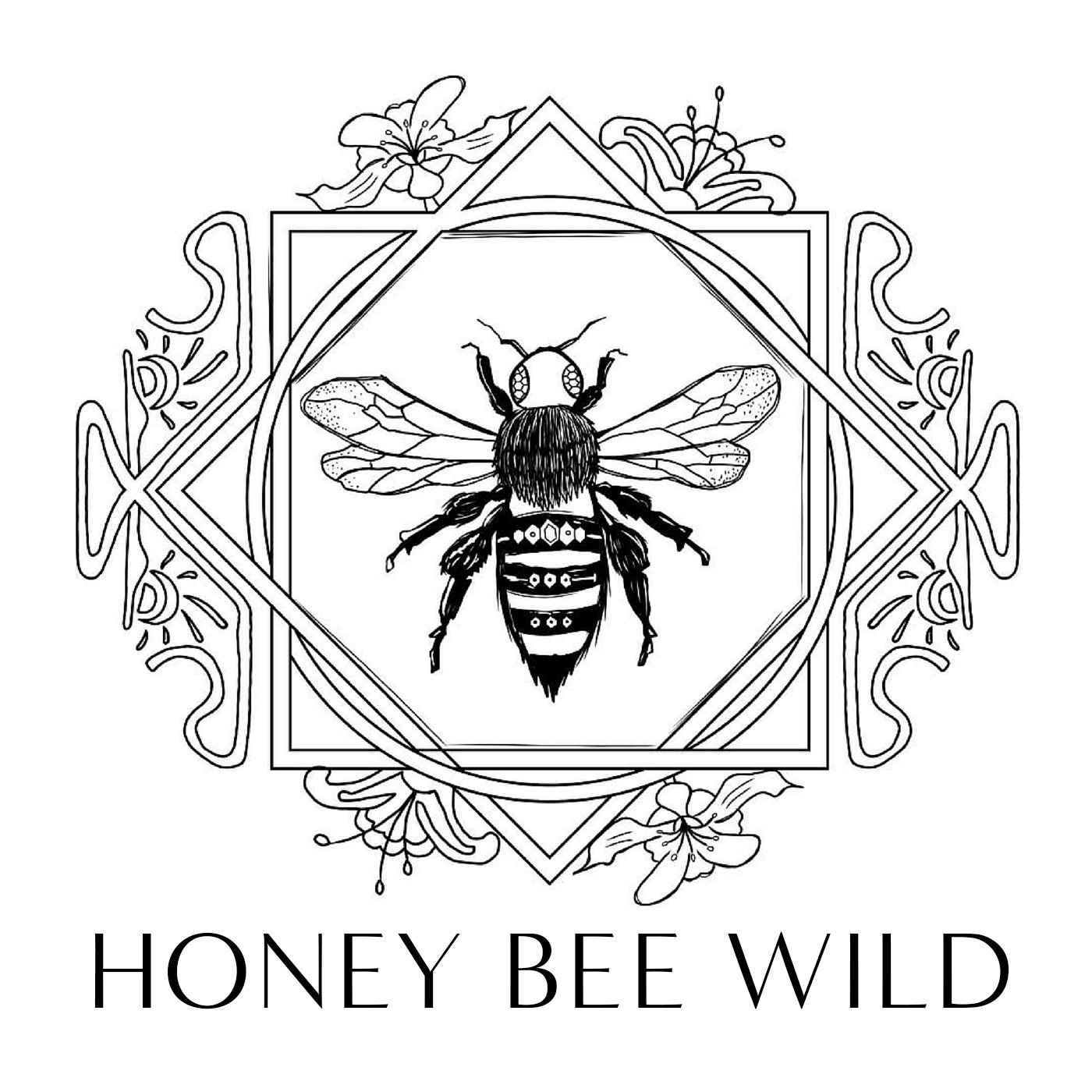When the Death Goddess Comes
We’ve given her many names: Callieach, Persephone, Nepthys, Kali. But her original name was Earth. Mother. Crone. Womb and Tomb. There is no death goddess who is not also tied to, or herself a goddess of rebirth. They are not separate, because life is not, and never can be separate from death. This is why the Kelts built passage tombs or long barrows. We are born of the Mother and return to the Mother, her dark and earthly embrace.
In the modern era we often associate bees with symbols of abundance, industriousness, and springtime. However, bees have also long been associated with death in equal measure. Bees and beehive are common symbols on tombstones, even within the Christian Era, but their association with death stretches deep into antiquity, where bees were seen by many cultures, including the Greeks and the Kelts, as messengers who could travel between the worlds, including between this life and the afterlife. This is part of the origins of Telling the Bees, when bee hives were visited after a death in the family to tell the bees of the loss.
Bees seem to be born of the Earth Mother herself, issuing forth from dark caves, tree hollows, and earthy hollows to bring life, honey, and springtime to the land. Similarly they return, as the serpent does, to their interior slumber within the Earth each autumn. Is it any wonder that in many parts of the ancient world bees were thought to be born from the carcass of a bull? They are midwives to death and bringers of life.
To be a beekeeper in the modern era, it is our sacred duty to befriend death. The bees require it of us. The midwives of death are asking us to midwife them. How? Through presence, through grief, through ceremony, through surrender. Bees die in the autumn. If you become a beekeeper you are wedding yourself to an intimate relationship with life and death. With abundance and the wasteland.
To be present to, and witness death is to radically honor the feminine principle. It’s feminist as fuck.
There’s a reason the original goddess was the Earth herself, and the Earth was seen as the all-creating Mother. Life and death were less of a duality, and more of an eternal cycle. A cycle witnessed monthly in rhythm of women’s bodies: to blossom and to shed.
To be a beekeeper you have to be able to sit with death. Your bees will die. Not always, and hopefully less and less. But they will die. From starvation. From varroa. From beekeeping practices you’ve been taught. From chemicals. From pesticides. From treating. From not treating. From smoke. From Cold. We steward them, and do everything in our power to keep them alive, but without addressing massive systemic issues related to climate change, biodiversity loss, and repression of the feminine, the bees are going to continue to die prematurely and often. Getting a hive to survive past a year or two is very challenging for new beekeepers.
When the death goddess visits your hive, what can you do? Honor her. Be fully present and alive to the death you witness. Clean your hive. Honor what’s left behind. Process the wax and the honey. Leave offerings of gratitude to the land. Bring your tears and your prayers. Feel that death move through your body, as a body made of the earth, who knows how to take and transform that loss. Celebrate the beauty they brought to your life and your land.
Meet her at the crossroads.


